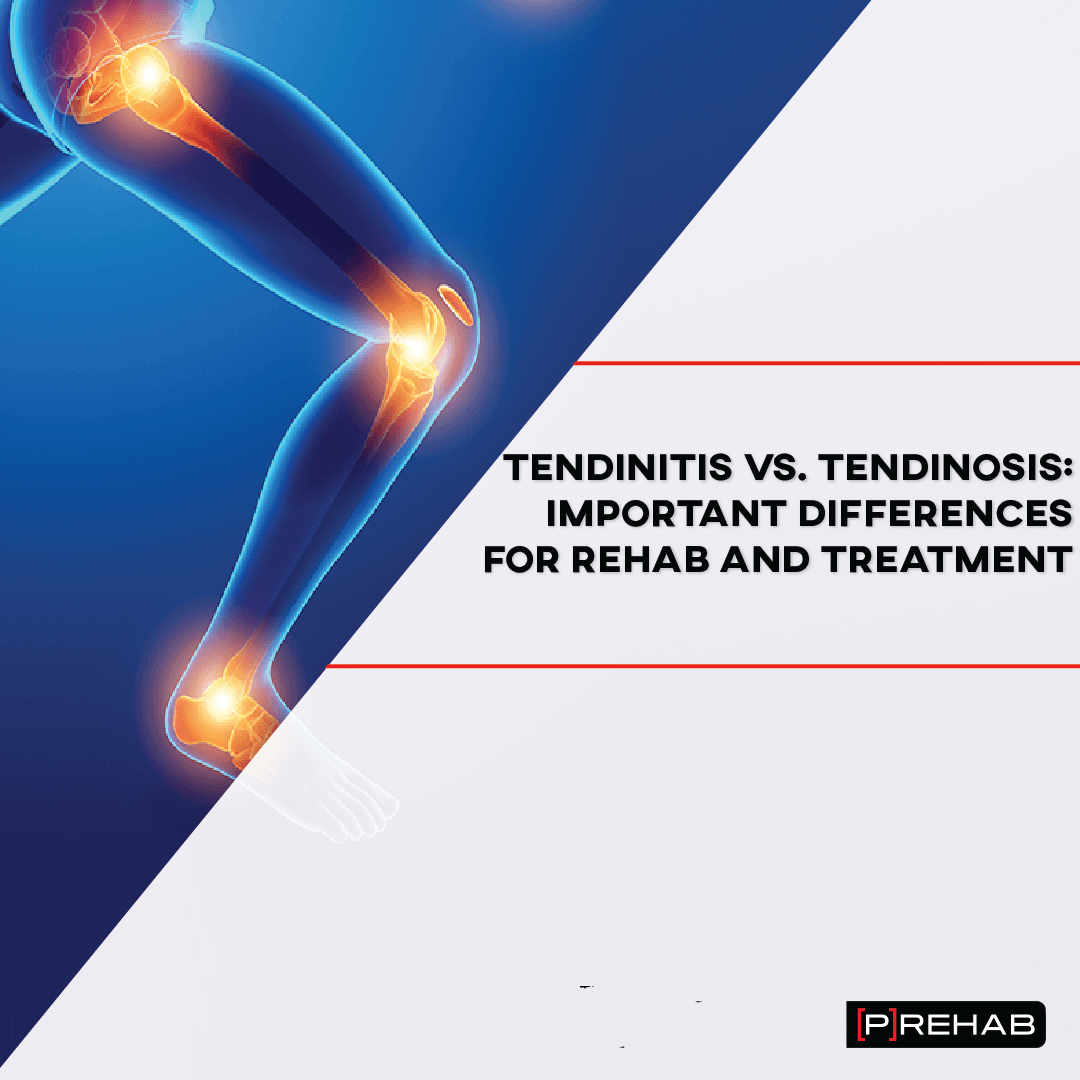
If you have dealt with an injury before, or if you are an individual in the profession of healthcare, you have heard the word “tendon” with various endings after the root of this word, whether it be “tendinosis”, “tendinitis”, “paratenonitis”, “tenosynovitis” or “tendinopathy”. The terminology behind various tendon conditions is inconsistent in the realm of healthcare, which can lead to confusion for patients and even misdiagnoses by practitioners! In all actuality, does this really matter? For example, think about the Achilles tendon. Will treatment change if someone has an Achilles tendinitis versus an Achilles tendinosis? The answer is YES! Moreover, it is extremely important for individuals to not only receive the correct diagnosis from a healthcare professional but also understand the role they must play in helping facilitate an optimal healing process! In this article, we will review the important differences between tendinitis versus tendinosis, why these differences are important to understand, and evidence-based treatment strategies including tendinitis exercises.
What Is a Tendon?
A tendon is a dense, strong, fibrous connective tissue in our body that connects muscles to bones. These tissues assist in transferring forces created from our muscles to our bones, making joint motions achievable. Biologically, the make-up of a tendon shares similar traits to a ligament, with some subtle differences. Both consist of parallel collagen fibers, specifically type I collagen, which is the most abundant type of collagen in the human body. An article by Wang et. al in the Journal of Hand Therapy provides an excellent review of tendon biomechanics (joint movement) and biology (1).
When compared to other tissues, such as bone, for example, tendons have a less available blood supply, which can lead to difficulty with tissue healing. To learn more about this concept with respect to various types of tissue, read our blog on tissue healing!
READ: WHAT YOU NEED TO KNOW ABOUT TISSUE HEALING
The Important Differences Between Tendinitis vs. Tendinosis
Now that you have an understanding of what a tendon is, we can discuss the differences between the terms tendinitis versus tendinosis. A simple way to break these terms down to help with comprehending the meaning behind them is “itis” is related to inflammation as “osis” is related to degeneration. We will go into further detail next!
Dealing With Achilles Tendinits?
The Achilles is the strongest tendon in the body! It may not feel that way currently but we promise you that it will. The achilles anchors down that powerful calf musculature complex and works as a spring to make walking and running a bit more efficient. The best way to restore the true power of the achilles and regain efficient movement is through guided exercises and education, we’ve got both ready for you!
Tendinitis
Tendinitis is an injury in which the substance of a particular tendon is inflamed. This may happen if someone has a quick ramp-up in their activity level with a lot of volume, such as gardening for several hours or playing back-to-back tennis matches. To accurately be diagnosed with tendinitis, an individual usually has sustained an acute injury, and more importantly, there is evidence of inflammation. Microtrauma has occurred in the tissue, with other associated signs and symptoms of pain and swelling. However, as recent literature has continued to evolve throughout the years, tendinitis has been referred to as an incongruity, that actually has an unclear description of clinical pathology.
This is because as researchers have looked microscopically at the detail of injured tendons, many times there is NO inflammation in the tissue (which will be discussed later in this article).
Learn How To Load Your Achilles Tendon!
Tendinosis
In contrast to tendinitis which is related to inflammation of a tendon, tendinosis is translated to chronic degeneration of a tendon, which is correlated with overuse injuries. As discussed previously, what has been supported by research when looking at the biological make-up of tissue with tendinosis, there is an absence of inflammation! An article by Almekinders and Temple, which comprised an analysis of 14 articles examining overuse tendon injuries found NO evidence of an inflammatory process within the Achilles or patellar tendon, nor the tendons surrounding the shoulder and elbow (2). Even more so significant than the lack of inflammation is the degenerative alterations that are present with tendinosis are NOT always associated with clinical symptoms – meaning you could have a degenerative tendon with no pain or issues! The tissue pattern of tendinosis has been well supported in the literature. Collagen fibers will lose their normal parallel orientation, as well as their diameter, and density. Also, the normal Type I collagen in a healthy tissue may begin to translate to the more immature, type III collagen that is present in injured tissues. The cross-sections of these tendons become more fragile, frayed, thinned, and disrupted.
This concept of healthy versus unhealthy collagen is depicted in the image below. On the left titled as image A, the collagen fibers are NOT running in an organized, parallel fashion, whereas on the right titled as image B, the collagen fibers are running in a parallel, organized fashion, demonstrating a more healthy, collagen tissue.
Tendinitis Versus Tendinosis: Collagen Fiber Orientation
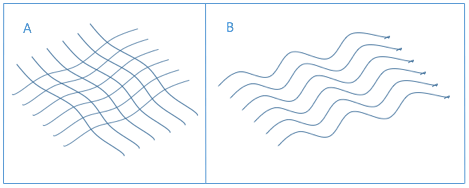
What About The Term Tendinopathy?
When injuries occur within the body, it is difficult and often unpractical to microscopically examine what exactly is occurring from a physiological standpoint within the tissue. This is why it is often challenging to accurately distinguish as a healthcare professional if a tendon is actually inflamed, or if there are merely degenerative changes in the tissue without concrete, visual evidence. Authors have argued that unless there is true evidence of inflammation within a tendon, the general term tendinopathy should be used to describe an ambiguous injury of a painful, swollen, inflamed tendon. This concept and other excellent information regarding tendons are further explained in an article on the Histopathology of Common Tendinopathies by Kahn et al (3).
Bottom Line: Nomenclature is important to understand when talking about tendon injuries; however, what is more important is how the treatment will differ based on the TYPE of tendon injury!
We have dedicated one of our previously recorded podcasts, Episode 26: Talking Tendons with Jill Cook, where you can listen to physical therapists and professor Jill Cook discuss the latest evidence surrounding tendinopathies!
LISTEN: TALKING TENDONS WITH JILL COOK
Differences Between Tendinitis vs. Tendinosis: Treatment
To further reiterate our previous statement, the most significant purpose of differentiation between tendinitis and tendinosis is the opposing treatment goals and timelines. To effectively treat tendinitis, the goal is to reduce the inflammation with interventions including ice, appropriate rest, and anti-inflammatories. On the contrary, to effectively rehabilitate tendinosis, the goal is to load the tendon appropriately, which promotes tissue remodeling. As research has continued to evolve relative to tendinopathies, more evidence has continued to support the notion that most tendon injuries are overuse injuries. Therefore, we will spend the next portion of this article discussing rehabilitation implications for overuse tendon injuries.
The Prehab membership is the anti-barrier solution to keeping your body healthy. Access state-of-the-art physical therapy, fitness programs, and workouts online in the comforts of your own home or gym! Taking control of your health with exercise & education from the palm of your hand has never been easier. Get access to 50+ programs, 100+ unique workouts, and 3000+ exercises to build your own workout routines. Trial it for free, and learn how to get out of pain, avoid injury, and optimize your health with [P]rehab!
Loading Overuse Injuries
Tendons are strong, adaptable, and function in response to how they are loaded in certain positions. An ideal healthy tendon will react in nonlinear fashion over time when an appropriate amount of stress is applied to the tissue. This stress-strain concept is well explained in a recent article by Stevens et. al (4). If a tendon is repetitively loaded beyond its threshold, injuries occur. This is common in activities and sports that require repetitive motions, such as running, cycling, or swimming. These overuse injuries are often associated with training errors, which makes the dosage of exercising including frequency, duration, and intensity very important. Because tendinosis injuries do not have the presence of inflammation, it is difficult to rationalize interventions such as anti-inflammatories or ice to efficiently heal these tissues. On the contrary, the concept of eccentric exercises has often been supported in the literature to treat overuse injuries.
Stress Vs. Strain Curve
What is Eccentric Exercise?
Eccentric exercise is when a muscle is lengthened, and an external force exceeds the force produced by the muscle, such as lowering the arm back down to your side after a bicep curl. The exact mechanism of how eccentric exercises assist in healing overuse injuries is unclear; however, there have been various hypotheses. One theory is that these exercises increase the length of tendons, which decreases strain during activity. An alternative concept is that eccentrics help remodel tissue, which allows the tendon to better tolerate the stresses it takes during exercises and activity. Alfredson et al were the first to perform a controlled study using eccentric exercise for patients who had mid-substance Achilles tendinopathy (5). His results after a 12-week training period demonstrated a return to preinjury running activity for the individuals involved in the study as well as improved calf strength. Moreover, when comparing eccentric exercises and concentric exercises (muscle shortening during active contraction) in midsubstance Achilles tendinopathy, patients performing the eccentric exercises improved more than the concentric group, with satisfaction results being 82% and 36% respectively.
What to Expect with Eccentric Exercises
It is important to always understand how exercises should feel on the body, how to move correctly throughout the exercise, and why specific movements are being performed. When performing eccentric exercises specifically for overuse tendon injuries, there WILL be some discomfort that reproduces your symptoms more so during the first phases of your rehab; however, this increase in pain should NOT impede daily activity. When first initiating these exercises, they should begin with slow, controlled lengthening against little to no resistance in order to build tissue tolerance. As the body adapts to this level of exercise, the amount of resistance, as well as the speed of the exercise, should increase in order to create further remodeling of the tissue!
Below are some examples of eccentric exercises to help you conceptualize this form of exercise!
Wrist Extension Eccentrics
- HOW: Get set-up sitting upright with a surface next to you to support your elbow and forearm. With your elbow extended, position your wrist in 20-30 degrees of extension with your palm facing down, and your hand unsupported at the edge of the surface. While maintaining your forearm position, use a dumbbell or your other hand to apply an external resistance and perform an eccentric wrist extension. Use your hand to return to the starting position.
- FEEL: You should feel the muscles on top of your forearm working as well as other muscles in your forearm and hand to help with gripping the dumbbell if you’re using one. You may feel the tension on the outside of your elbow as well.
- COMPENSATION: Perform slowly, do not lose elbow position, and do not lift your arm off the surface.
Eccentric Shoulder Y
In a standing position, grab a theraband with both hands. With your thumb up, bring one arm up over your head in a diagonal direction (make sure there is no resistance bringing this arm up). The other hand should pull the band down at your side creating resistance for the arm that is up. Then, slowly lower the arm back down in a diagonal direction.
Eccentric Hamstring Curl – Swissball, Two to One
Start by lying on your back with a swissball underneath your feet. Bend your knees with your feet flat on top of the ball. Push down into the ball lifting your hips up. While keeping your hips up, take one leg off of the ball and let the other leg slowly straighten while still pressing down into the ball.
In addition to other risk factors that may cause tendon injuries that have been discussed, there has also been some literature supporting limited ankle dorsiflexion as a risk factor for heel pain and Achilles tendon injury, such as level B recommendation of evidence supported by the Clinical Practice Guideline on Achilles Pain by the Journal of Orthopedic and Sports Physical Therapy (6). Read more on how to improve your ankle dorsiflexion!
Managing Acute Injury
Although many tendon injuries are related to overuse, there are some tendon-related injuries that are acute in nature. In contrast to early loading for a chronic injury, these acute injuries that have inflammation do need a period of rest to allow that inflammatory process to occur. The excess inflammation may be combated with interventions including short-term rest, ice, and anti-inflammatories. What is important to understand are concepts we have recently written about in multiple blog posts: which is that recent evidence has negated long term bed rest, ice, and anti-inflammatories, as these may obstruct the normal, inflammatory phase that is essential to tissue healing! The evidence related to icing and other myths can be read about in a previous blog post we have written by clicking HERE.
Closing Thoughts
Although the language behind tendon injuries may not be entirely conclusive in research, there have been excellent contributions to the evidence behind how to heal from these ailments effectively. If you are dealing with a nagging, overuse injury, it is important to seek medical advice from an experienced healthcare professional, who is able to examine, evaluate, diagnose, and treat you optimally. Also, understanding how you can modify your activity, reduce risk factors for injury, and even prevent these injuries from occurring will allow you to reach your movement-related goals!
Are You Dealing With Nagging Heel Pain?
The Achilles [P]Rehab Program is the ultimate resource for those looking to strengthen, protect, and optimize their Achilles tendon. This program is designed for active individuals looking to improve their performance that may be dealing with an Achilles weak link. Learn how to build up your Achilles tendon to handle anything life throws at you! Learn more HERE
References
- Wang JH-C, Guo Q, Li B. Tendon Biomechanics and Mechanobiology—A Minireview of Basic Concepts and Recent Advancements. Journal of Hand Therapy. 2012;25(2):133-141. doi:10.1016/j.jht.2011.07.004.
- Almekinders LC, Temple JD. Etiology, diagnosis, and treatment of tendonitis: an analysis of the literature. Med Sci Sports Exerc.1998;30:1183-1190
- Khan KM, Cook JL, Bonar F, Harcourt P, ??strom M. Histopathology of Common Tendinopathies. Sports Medicine. 1999;27(6):393-408. doi:10.2165/00007256-199927060-00004.
- Stevens TJ, Schmitz HA, Szivek JA, et al. A Model for Use in the Prognosis of Tendinopathy. 50th Annual Simulation Symposium (ANSS 2017). 2017. doi:10.22360/springsim.2017.anss.033.
- Alfredson H, Pietilä T, Jonsson P, Lorentzon R. Heavy-Load Eccentric Calf Muscle Training For the Treatment of Chronic Achilles Tendinosis. The American Journal of Sports Medicine. 1998;26(3):360-366. doi:10.1177/03635465980260030301.
-
Martin RL, Chimenti R, Cuddeford T, et al. Achilles Pain, Stiffness, and Muscle Power Deficits: Midportion Achilles Tendinopathy Revision 2018. Journal of Orthopaedic & Sports Physical Therapy. 2018;48(5). doi:10.2519/jospt.2018.0302
About The Author
Sherif Elnaggar, PT, DPT, OCS, SCS
[P]rehab Head Of Content
 Sherif graduated from Temple University with a Bachelor’s of Science Degree and a concentration in Kinesiology. He then received his Doctorate of Physical Therapy Degree from DeSales University, graduating with honors of the professional excellence award and research excellence award. After his graduate studies, he served as Chief Resident of the St. Luke’s Orthopedic Physical Therapy Residency Program. Sherif is an active member of the American Physical Therapy Association (APTA), is an APTA Credentialed Clinical Instructor, and is a Board Certified Orthopedic and Sports Clinical Specialist. Sherif focuses on understanding how movement impairments are affecting function while also promoting lifestyle changes in order to prevent recurrences of injury. His early treatment interests include running-related injuries, adolescent sports rehab, and ACL rehab in lower extremity athletes. He also has been involved in performance training for youth soccer players. Outside of working as a physical therapist, he enjoys traveling, running and cycling, following Philadelphia sports teams, and spending time with his family. Sherif is very excited to be a part of the [P]Rehab team where he can educate the society about how to take ownership of their movement-related goals!
Sherif graduated from Temple University with a Bachelor’s of Science Degree and a concentration in Kinesiology. He then received his Doctorate of Physical Therapy Degree from DeSales University, graduating with honors of the professional excellence award and research excellence award. After his graduate studies, he served as Chief Resident of the St. Luke’s Orthopedic Physical Therapy Residency Program. Sherif is an active member of the American Physical Therapy Association (APTA), is an APTA Credentialed Clinical Instructor, and is a Board Certified Orthopedic and Sports Clinical Specialist. Sherif focuses on understanding how movement impairments are affecting function while also promoting lifestyle changes in order to prevent recurrences of injury. His early treatment interests include running-related injuries, adolescent sports rehab, and ACL rehab in lower extremity athletes. He also has been involved in performance training for youth soccer players. Outside of working as a physical therapist, he enjoys traveling, running and cycling, following Philadelphia sports teams, and spending time with his family. Sherif is very excited to be a part of the [P]Rehab team where he can educate the society about how to take ownership of their movement-related goals!
Disclaimer – The content here is designed for information & education purposes only and is not intended for medical advice.
About the author : Sherif Elnaggar PT, DPT, OCS
4 Comments
Leave A Comment
You must be logged in to post a comment.




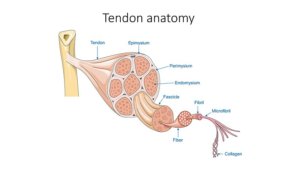
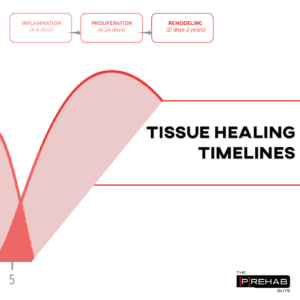
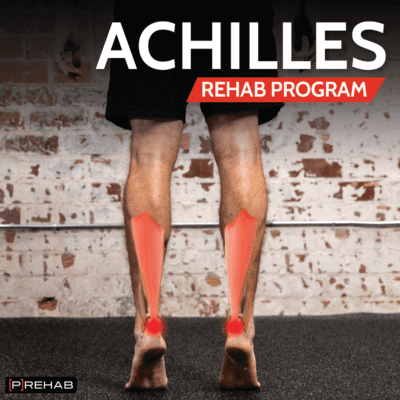
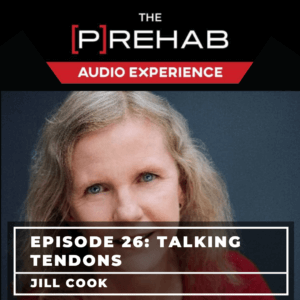
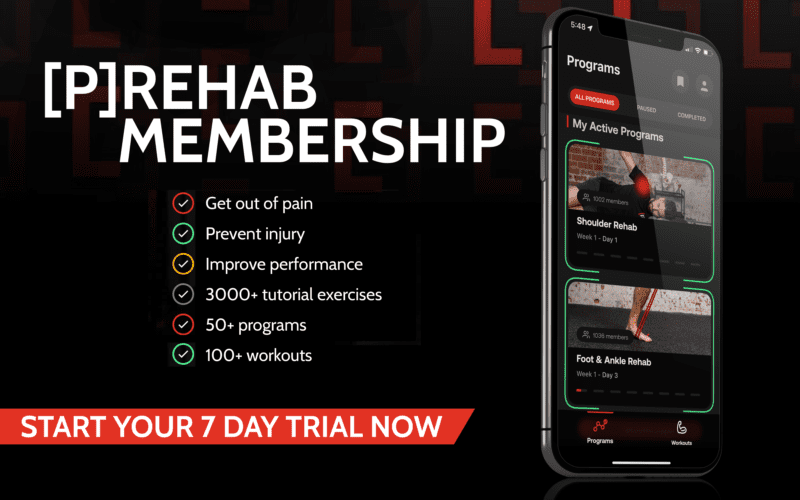
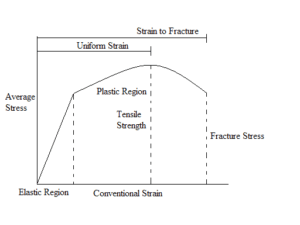
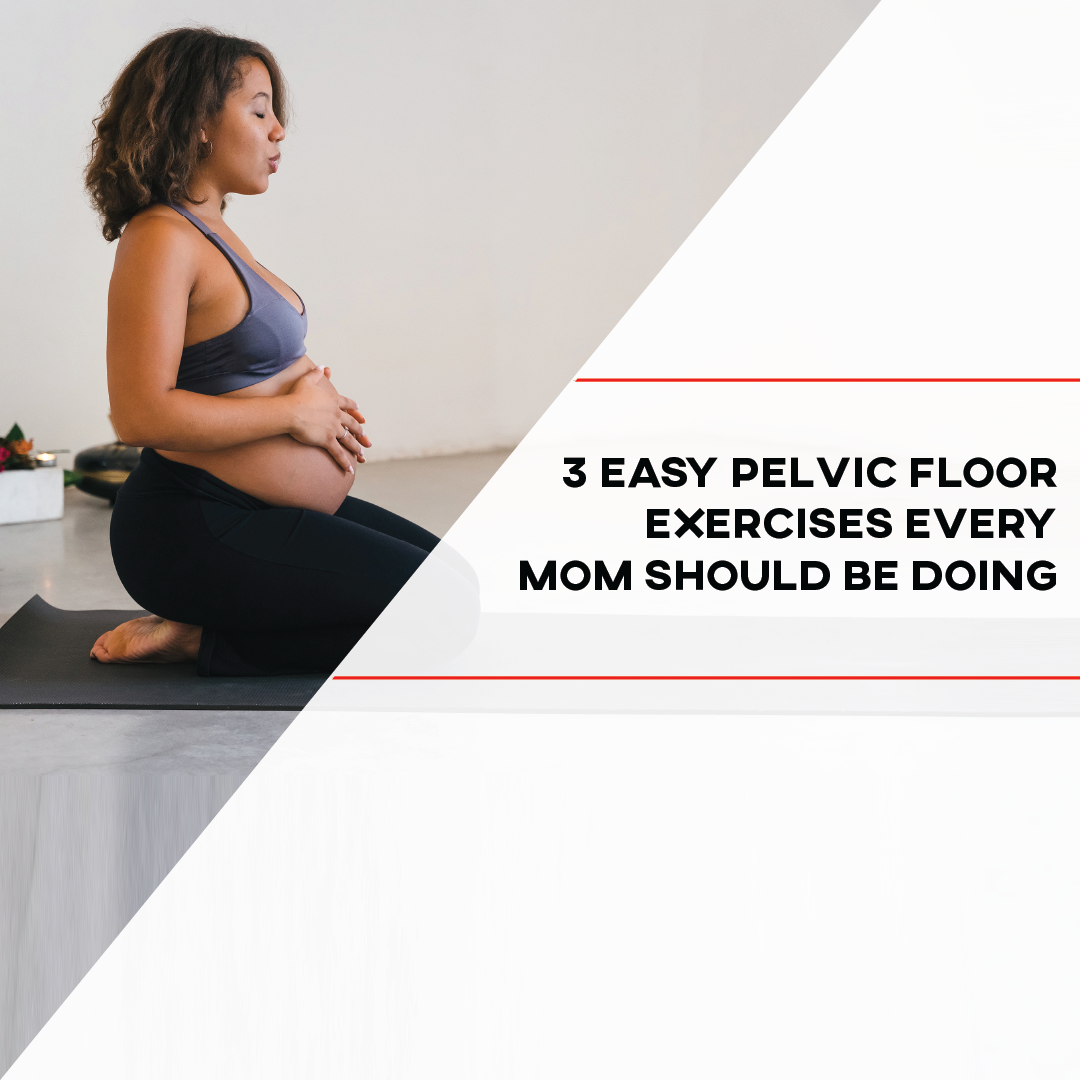
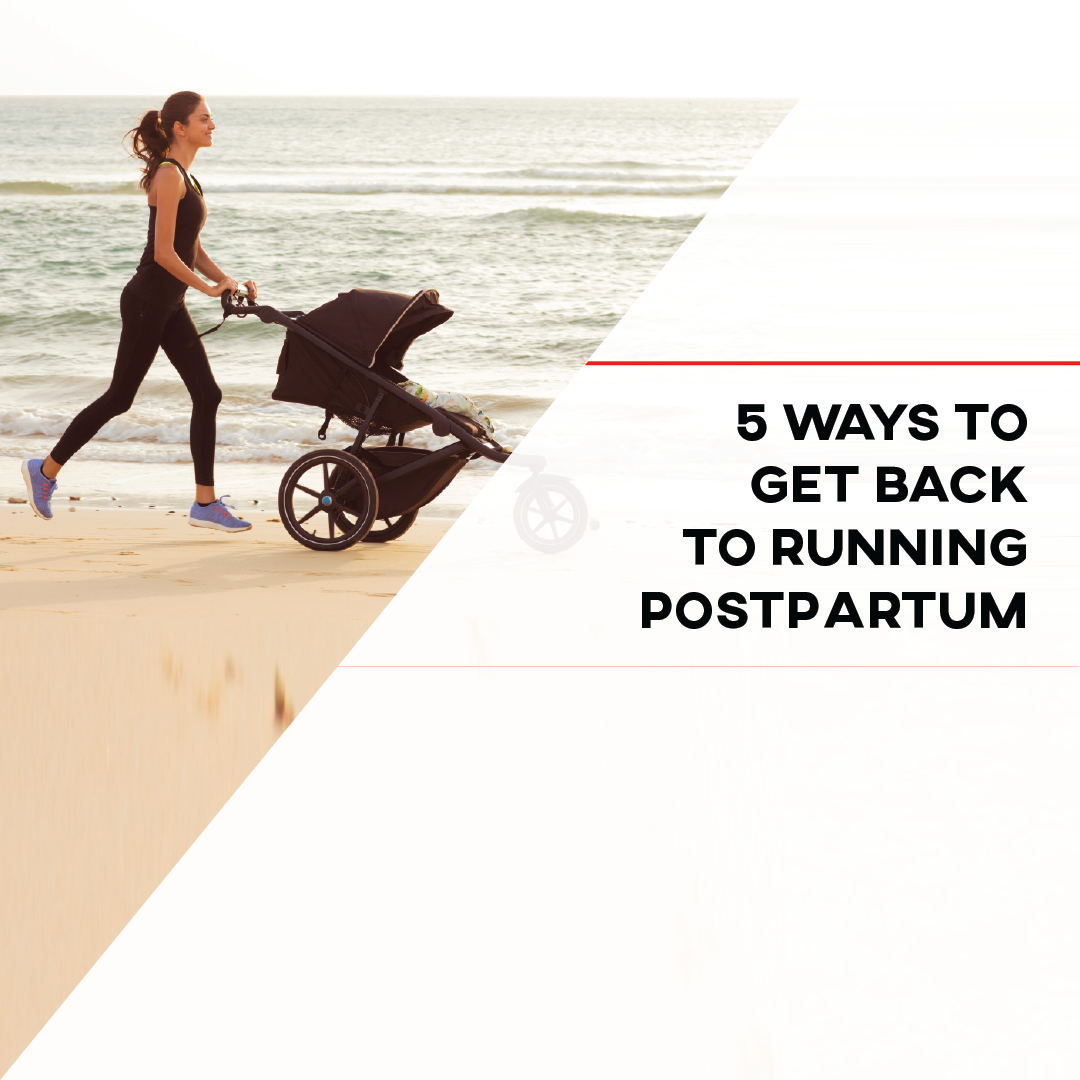
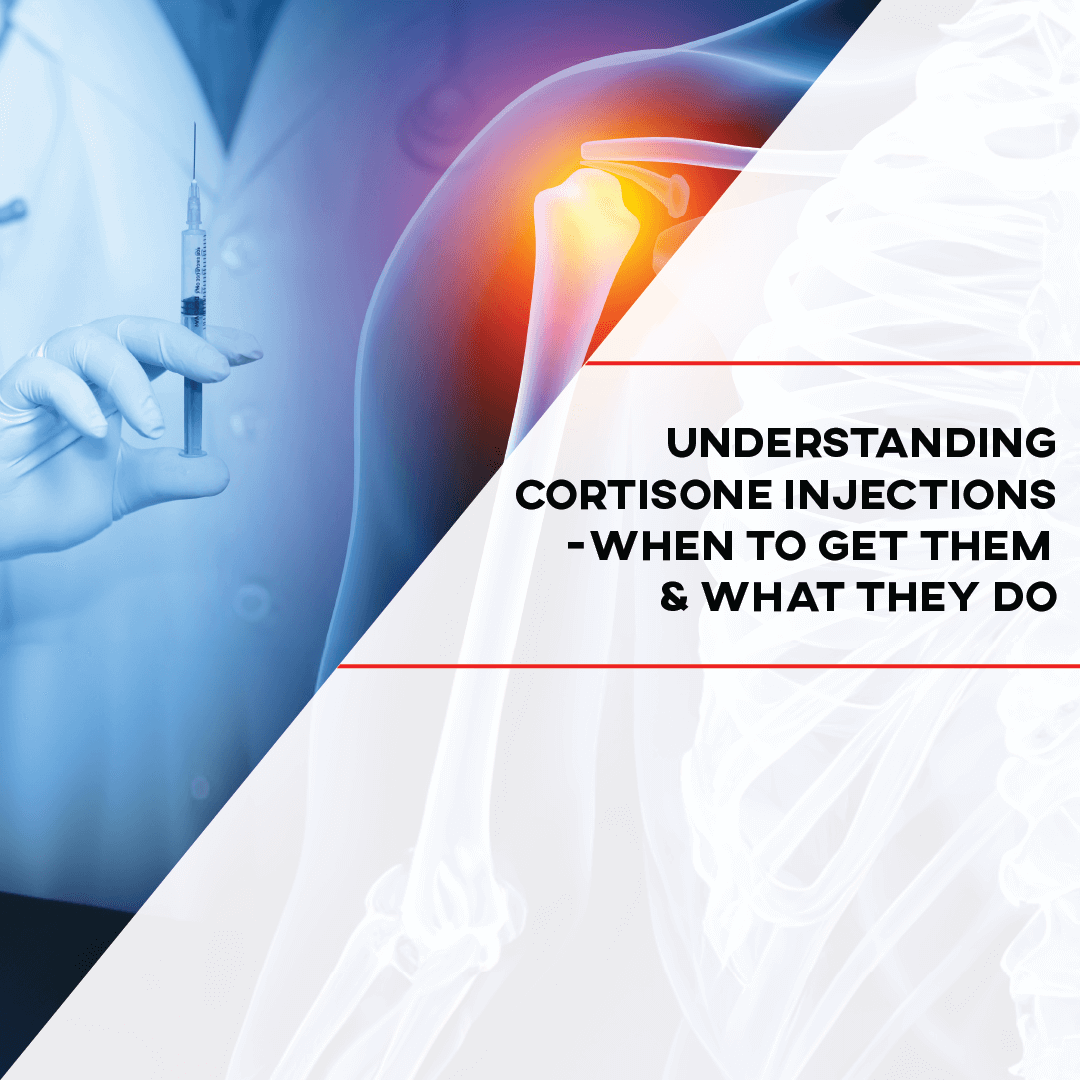

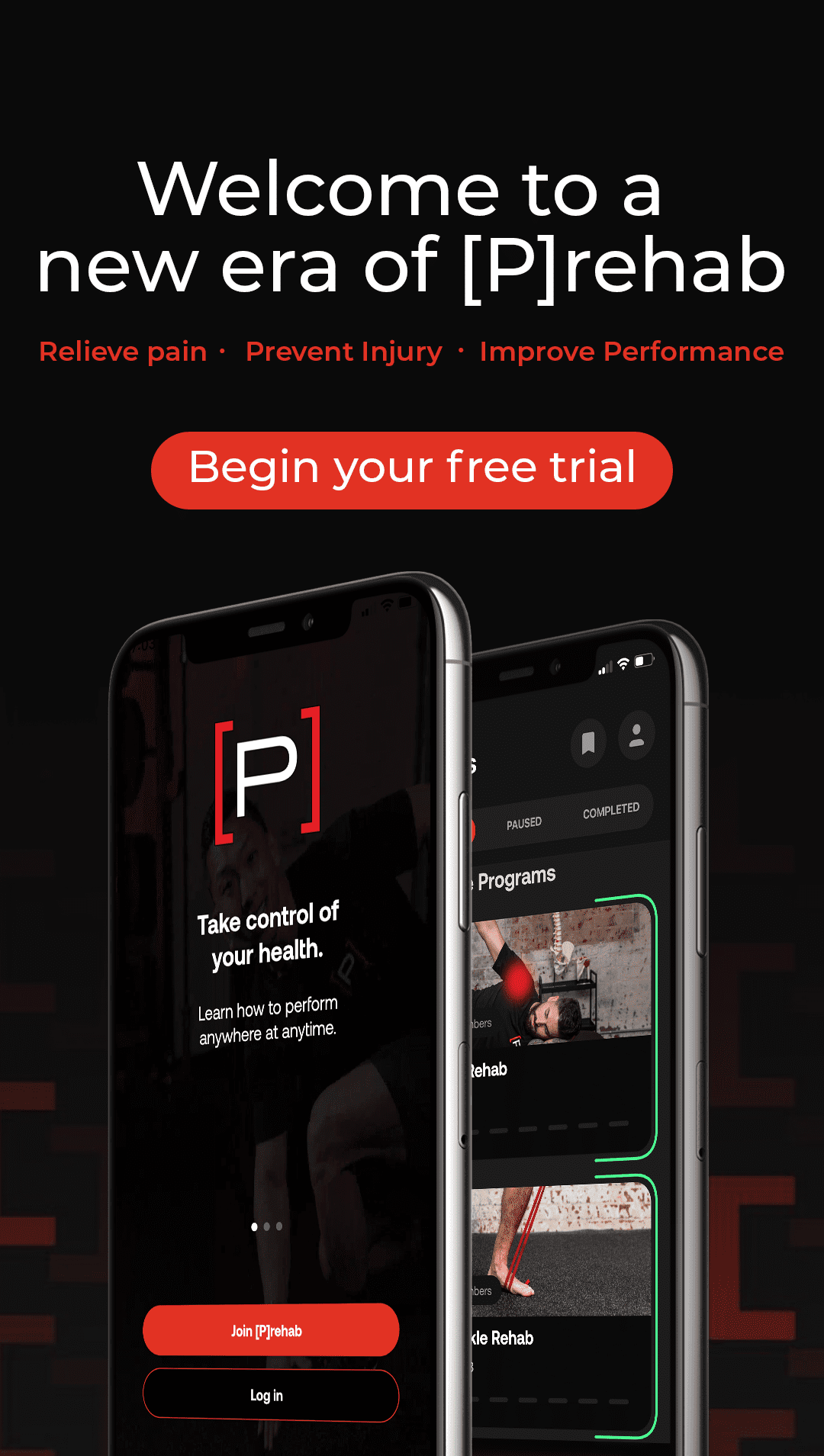



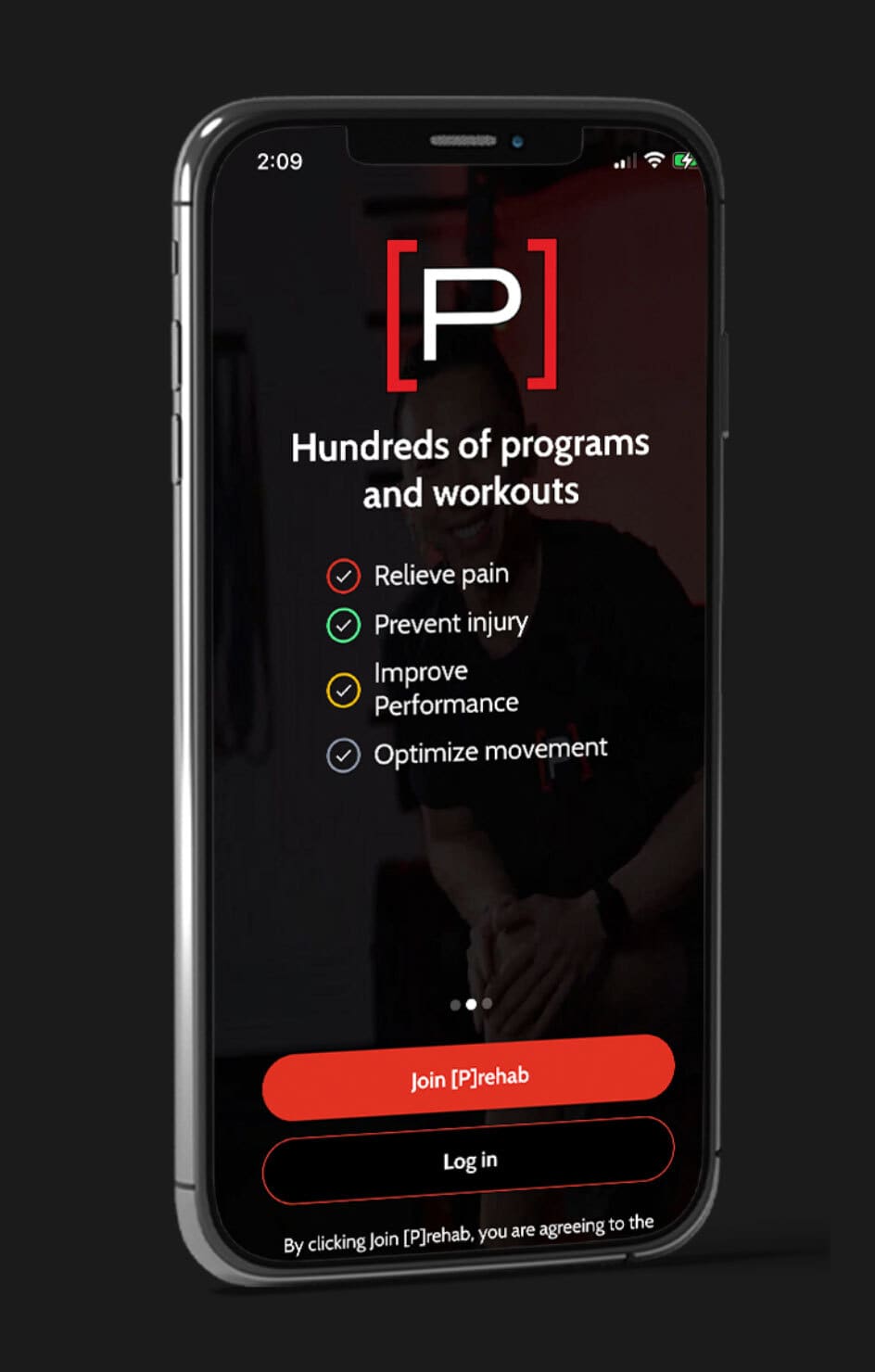

Very interesting article. I’ve been having tendon pain in my Achilles for a few months and saw a physical therapist (well virtually) and I also noticed that I couldn’t really see any swelling in my tendon/ankle area compared to my health leg. That was also the first thing my PT asked to check. Luckily I changed shoes and have been doing a few exercises that seem to be working. I’m just scared that this is something that will never get 100 percent better and that I’m going to have to just deal with now.
Thank you for your comment! You can also look into our Achilles prehab program on our website as well for more information related to the Achilles specifically! Or even use the search tab and type Achilles for more information! Best of luck :).
Really informative read! Tendinosis can also be thought of as an exaggerated state of tendinitis. the inflammatory cells are replaced with degenerative cells, which makes treatment complicated. That is why it is important to seek treatment as early as possible.
Thank you very much for your comment and support!